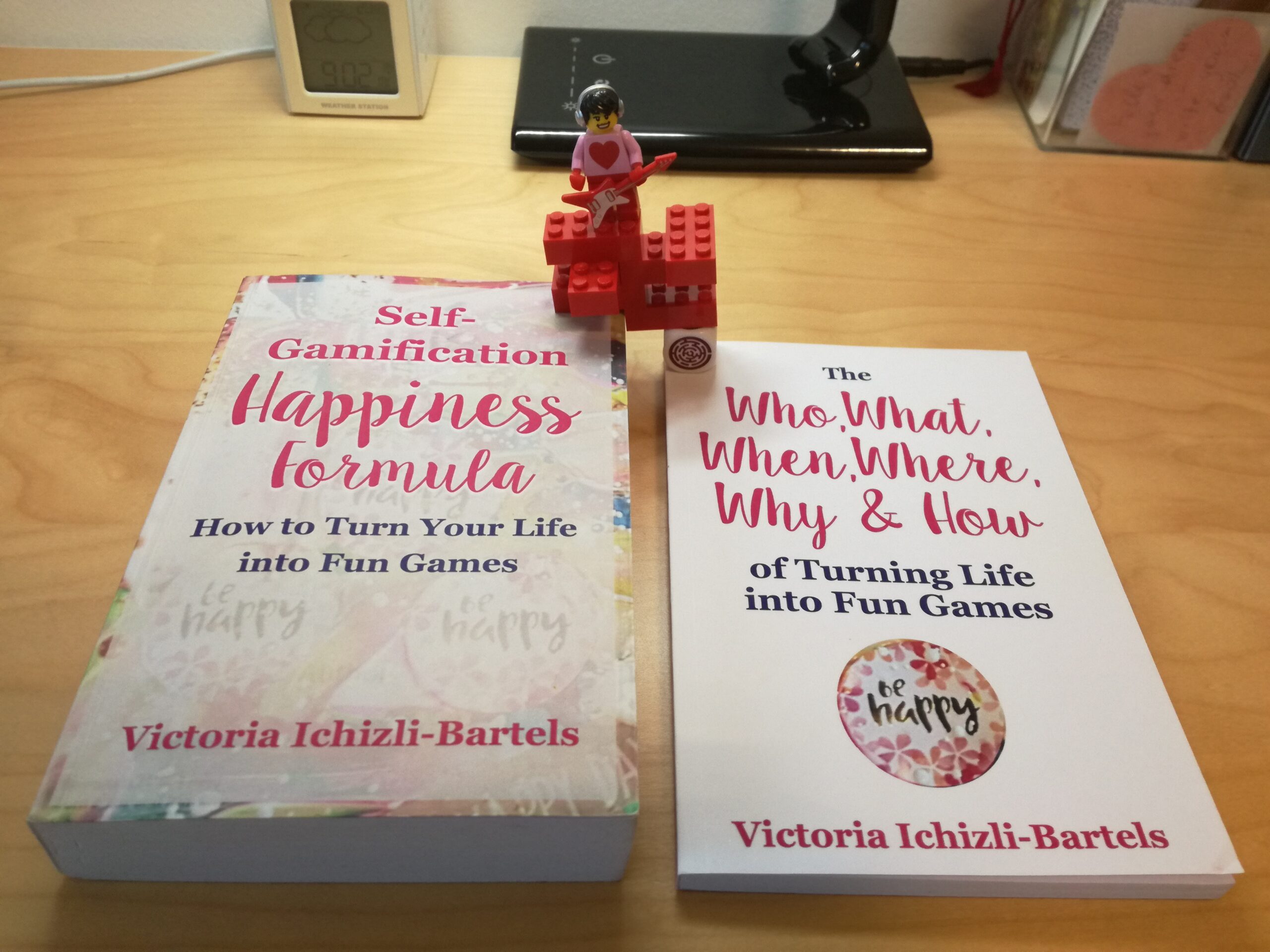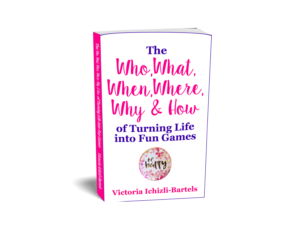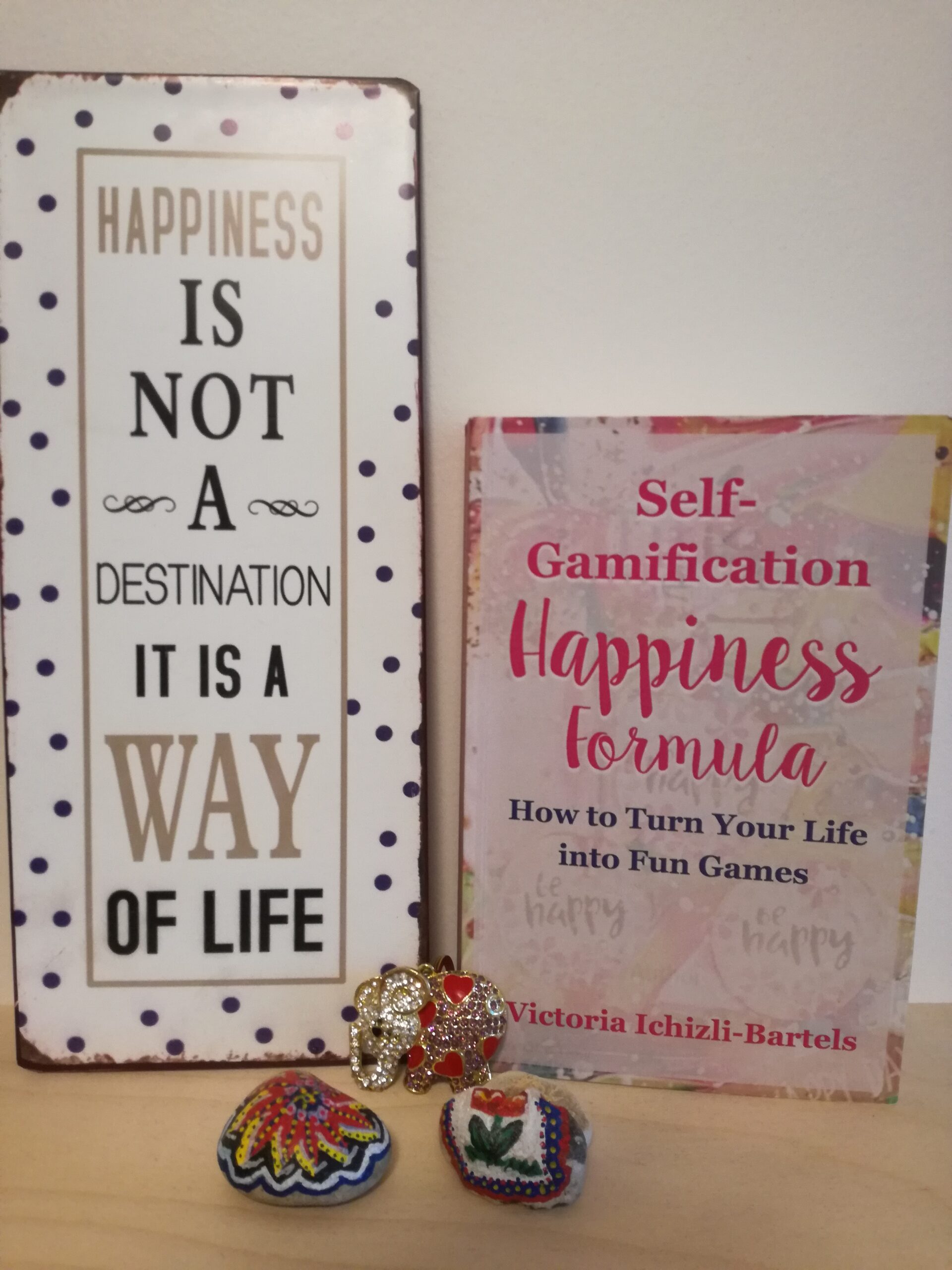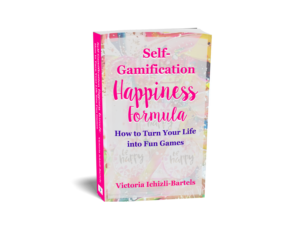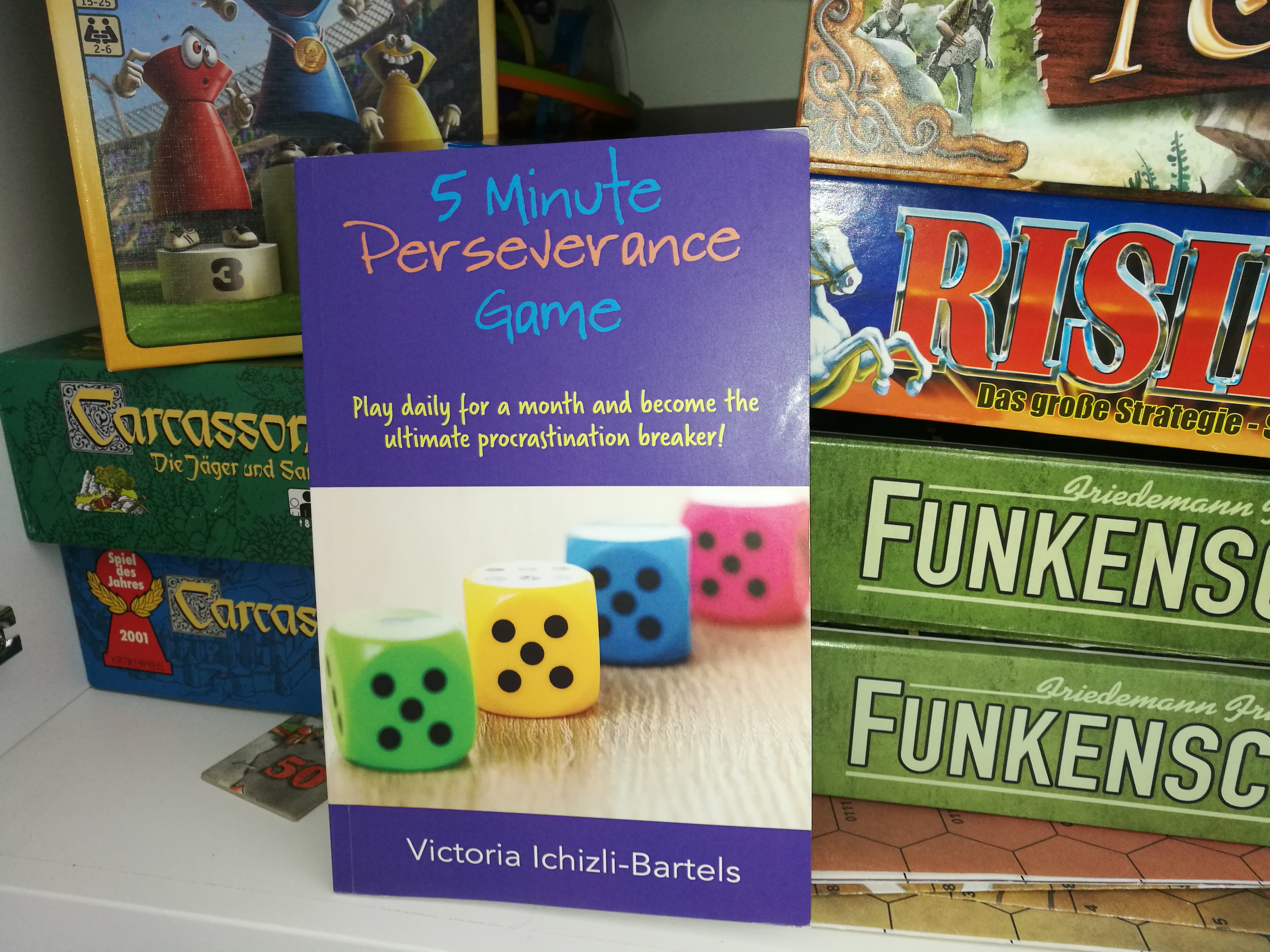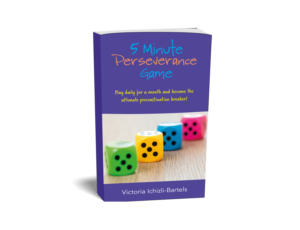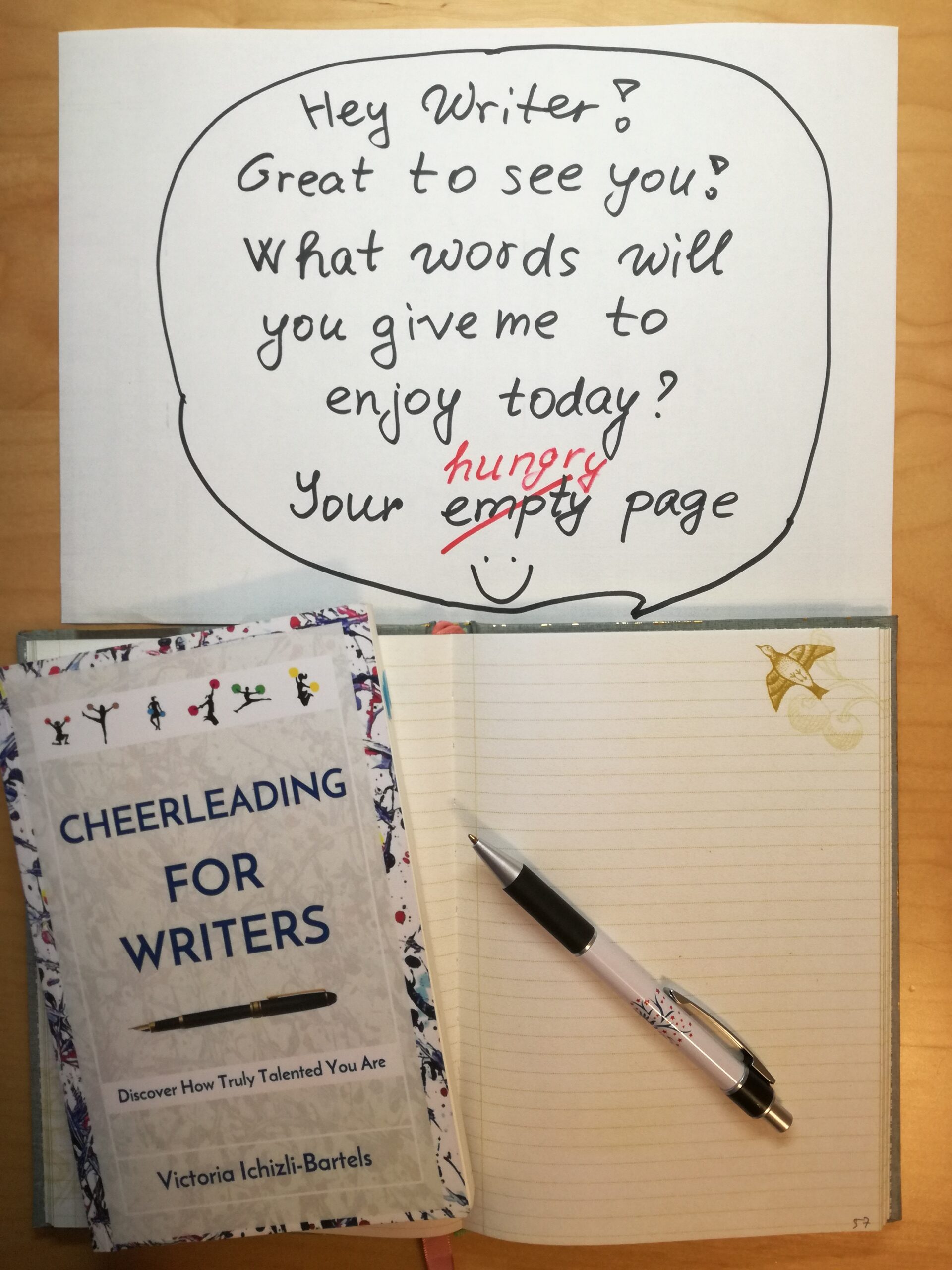
***
Beginning something new can be both daunting and exciting. We, authors, face the beginnings with each new empty page.
Finishing one page might be super exciting, but suddenly we meet the start of another, empty one.
We all might have heard the brilliant wisdom by Nora Roberts and other prolific authors, “You can’t edit a blank page.” But how do we start filling in those blanks?
Any creative excitement can flip quickly into nervousness and even despair, especially when we love what we do — the bigger the wish, the bigger both the excitement and fear of both succeeding and failing.
Cheerleaders remind sports teams of excitement. They help the athletes to “reframe” nervousness into something positive and fun. They remind them and the audience that something big and amazing is about to happen.
The stories writers create are big and amazing too! Each of them is unique, be it one of fiction or true events.
Thus, we, writers, need cheerleaders too.
We can be our own cheerleaders, and there are many great tips on how to do it. My favorite approach is to turn life into fun games.
But sometimes we also need cheerleaders from outside. Our family, friends, fellow writers, agents, publishers — they all have the ability to be such cheerleaders too.
And I have one in the form of a little book for you. Its title is Cheerleading for Writers. I am thrilled that it has helped many authors on the way and that some acclaimed and even a New York Times bestselling author have appreciated it so much that they wrote a review.
I invite you to read this little book and get powered up in your epic creative writing journey.
***
Where you can find this cheerleader
To take a look at the Cheerleading for Writers, read its reviews, and buy it on Amazon, click on its title above or the image below:
If you want to see where else you can buy it, then go to the book’s page on this website here.
Alternatively, you can subscribe to my page, Optimist Writer, on ko-fi for $5 a month, and besides supporting what I do, you will also get access to all my motivational books, which I share there once a month or each time a book is out. Right now, you can get access to four of my books there — one upon subscription or one-time support, and three in the posts solely for subscribers. Cheerleading for Writers will be added later this year or upon explicit request from subscribers.
***
Enjoy being cheered and feeding your hungry pages! 😀


 Screenshot by the author
Screenshot by the author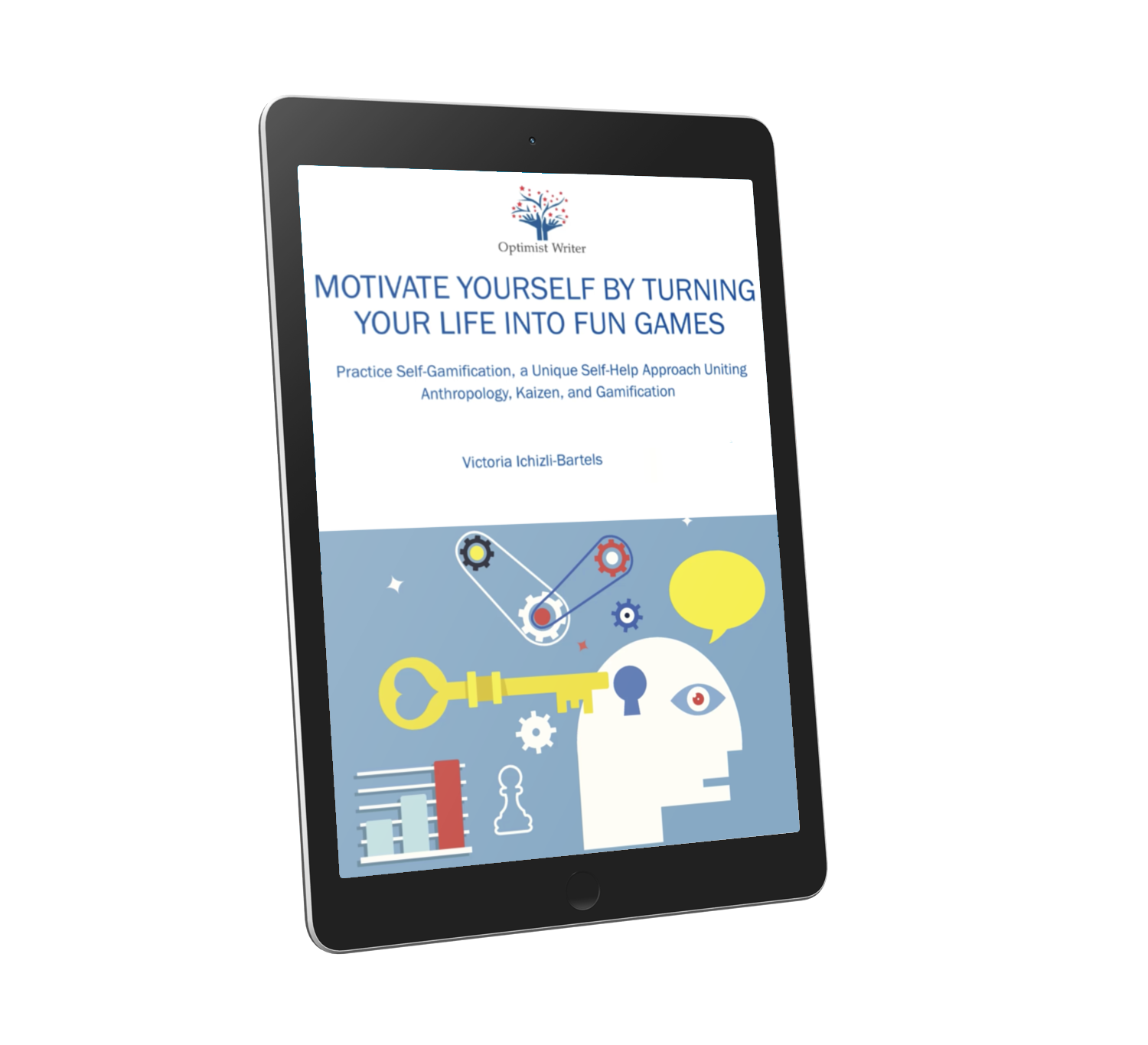 Image by Alice Jago
Image by Alice Jago